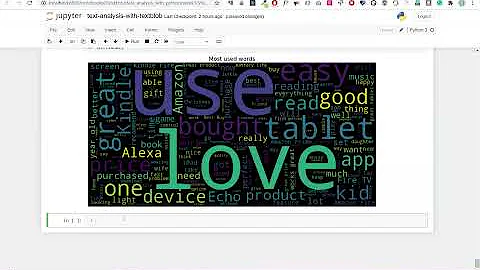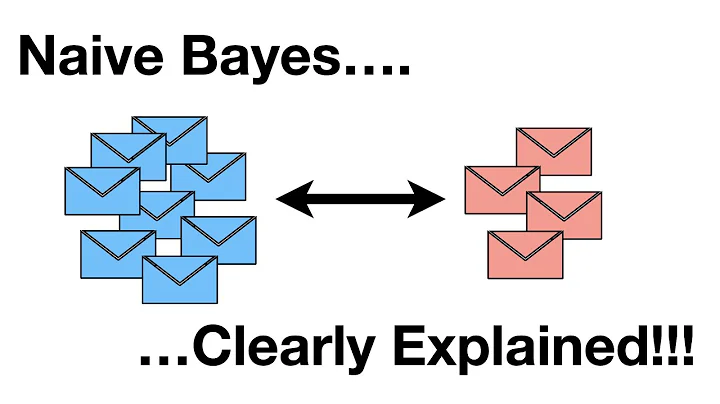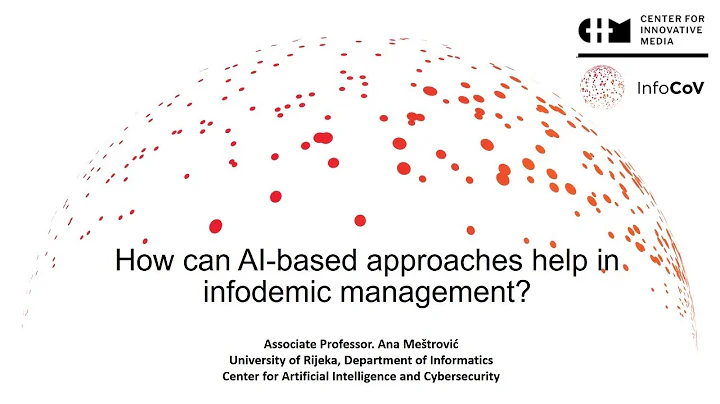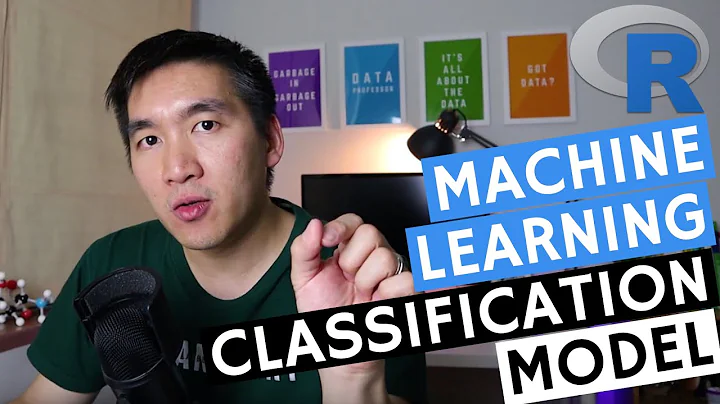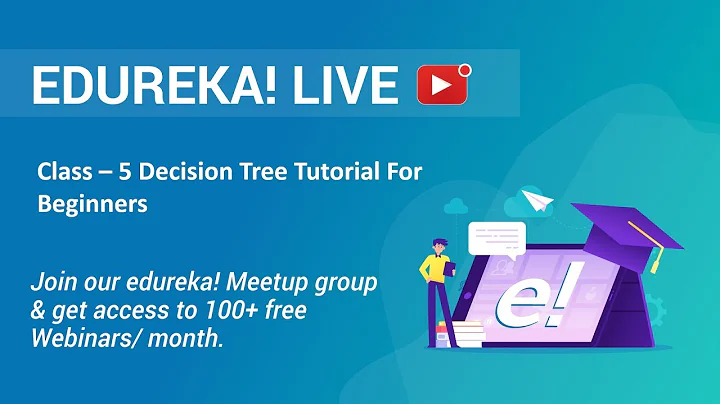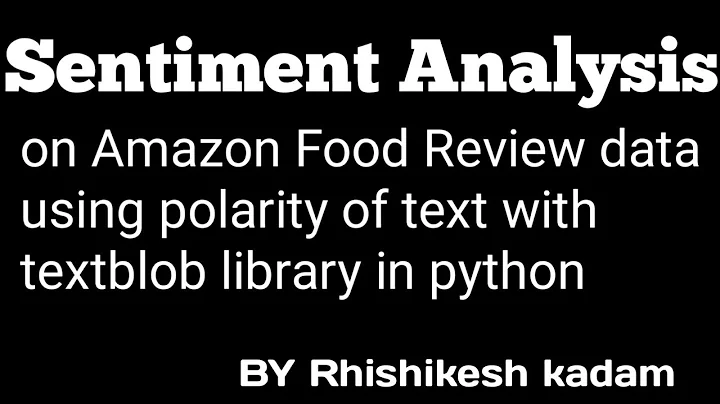How to train a classifier with only positive and neutral data?
Solution 1
The Spy EM algorithm solves exactly this problem.
S-EM is a text learning or classification system that learns from a set of positive and unlabeled examples (no negative examples). It is based on a "spy" technique, naive Bayes and EM algorithm.
The basic idea is to combine your positive set with a whole bunch of random documents, some of which you hold out. You initially treat all the random documents as the negative class, and learn a naive bayes classifier on that set. Now some of those crawled documents will actually be positive, and you can conservatively relabel any documents that are scored higher than the lowest scoring held out true positive document. Then you iterate this process until it stablizes.
Solution 2
If you have a lot of positive feedback by different users, you have a rather typical collaborative filtering scenario.
Here are some CF solutions:
- kNN (either user- or item-based), e.g. using Cosine similarity
- one matrix factorization approach (both papers have similar ideas)
- Y. Hu, Y. Koren, C. Volinsky: Collaborative filtering for implicit feedback datasets. ICDM 2008. http://research.yahoo.net/files/HuKorenVolinsky-ICDM08.pdf
- R. Pan, Y. Zhou, B. Cao, N. N. Liu, R. M. Lukose, M. Scholz, Q. Yang: One-class collaborative filtering, ICDM 2008. http://www.hpl.hp.com/techreports/2008/HPL-2008-48R1.pdf
- both papers use ALS-like learning algorithms; of course you could also use SGD where you sample from the negative/unobserved examples
- another matrix factorization approach (disclaimer: I am a co-author of this paper)
- Steffen Rendle, Christoph Freudenthaler, Zeno Gantner, Lars Schmidt-Thieme: BPR: Bayesian Personalized Ranking from Implicit Feedback. UAI 2009. http://www.ismll.uni-hildesheim.de/pub/pdfs/Rendle_et_al2009-Bayesian_Personalized_Ranking.pdf
There exist publicly available implementations of those algorithms, e.g.
- MyMediaLite (disclaimer: main author), http://mymedialite.net
- Apache Mahout (disclaimer: fan and patch contributor), http://mahout.apache.org
- GraphLab/GraphChi, http://graphlab.org/
By the way, if you use a classifier for such problems, have a look at the literature on positive-only learning, e.g. http://users.csc.tntech.edu/~weberle/Fall2008/CSC6910/Papers/posonly.pdf
Solution 3
As explained here, you could use LibSvm, specifically the option one-class SVM.
Hope it helps!
Solution 4
This is obviously an old post but I have a similiar problem and hopefully you can save some time with information I found myself using the following techniques:
Related videos on Youtube
log0
Updated on September 15, 2022Comments
-
log0 over 1 year
My question : How to train a classifier with only positive and neutral data?
I am building a personalized article recommendation system for education purposes. The data I use is from Instapaper.
Datasets
I only have positive data: - Articles that I have read and "liked", regardless of read/unread status
And neutral data (because I have expressed interest in it, but I may not like it later anyway): - Articles that are unread - Articles that I have read and marked as read but I did not "like" it
The data I do not have is negative data: - Articles that I did not send to Instapaper to read it later (I am not interested, although I have browsed that page/article) - Articles that I might not even have clicked into, but I might have or might not have archive it.
My problem
In such a problem, negative data is basically missing. I have thought of the following solution(s) but did not resolve to them yet:
1) Feed a number of negative data to the classifier Pros: Immediate negative data to teach the classifier Cons: As the number of articles I like increase, the negative data effect on the classifier dims out
2) Turn the "neutral" data into negative data Pros: Now I have all the positive and (new) negative data I need Cons: Despite the neutral data is of mild interest to me, I'd still like to get recommendations on such article, but perhaps as a less value class.
-
 ThiS over 11 yearsWhat are your features for classification?
ThiS over 11 yearsWhat are your features for classification?
-
-
tysonjh over 11 yearsyou are correct that a recommender system is well suited to this problem, but you did not answer the original question
-
 ThiS over 11 yearsI can't answer correctly his question if he don't give me what features his classifier is trying to learn. You can't just "make" two binary classifiers if there is no features to learn.
ThiS over 11 yearsI can't answer correctly his question if he don't give me what features his classifier is trying to learn. You can't just "make" two binary classifiers if there is no features to learn. -
tysonjh over 11 yearsyou assumed the words were a feature for the "bag of words", I was just trying to help you improve your answer so I could remove my down vote. Please post your comments about my answer in the correct place.
-
user3001 almost 11 yearsHi, can you explain how I have to interpret the derivative of x_uij for matrix factorization in the BPR paper? Thanks :)
-
zenog over 10 yearsIt is the derivative of the score difference between 2 items.


